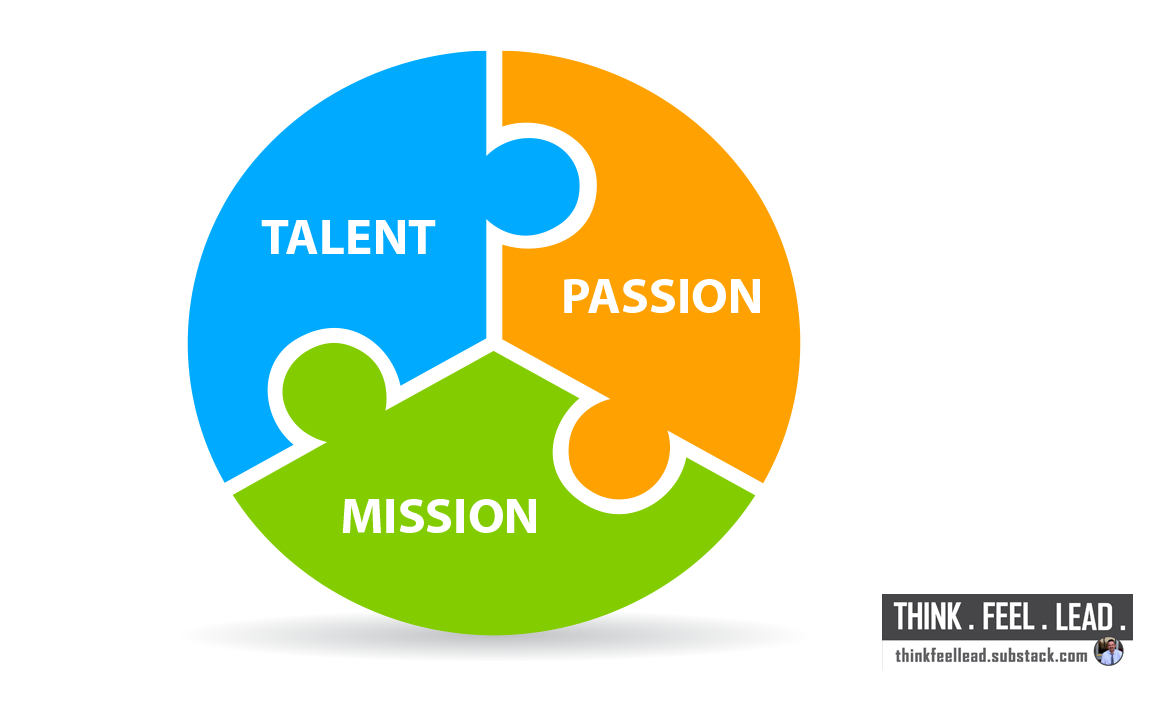A colleague recently asked me about my approach to helping my teams achieve excellence. He’d seen The Long Green Line, a documentary about York High School cross country coach Joe Newton.
The runners in the film talked about how Newton saw them as individuals who could succeed and contribute in their own particular way. He focused on optimizing the talents of each and connecting with them where they were in their running journey. He cared enough about each of them to understand what their best could be and how they could achieve it — and contribute to the team.
I’m generally skeptical of using sports coaches as role models for my own leadership because sports are hyper-competitive, concretely measurable, and physically demanding — making them only loosely analogous to professional life. Some of Newton’s coaching approaches to his athletes, especially publicly calling out individual failure, would never fly in a professional context.
While I wouldn’t prescribe or promote many of Newton’s specific techniques, his philosophy of growing individuals into an optimized team parallels my own. For the last decade, I’ve prepared my teams for success by aligning the talents and passions of my staff with organizational mission.
Let’s take a look at how leaders and managers can look at each of these components.
Talents are the things that come naturally to us. Despite the you can be anything you want to be mantras that surround modern childhood, we have a better chance of personal and professional fulfilment if we focus on those things that present clear paths and manageable challenges. As leaders, our job is to learn where these talents live in our team so we can help build those talents into strengths. Strengths are identified talents cultivated by a great deal of applied practice. The opportunities we help create for our people is that practice.
How do we identify the talents of our team members?
Observe. We are given countless opportunities to watch our teams in action. Who is naturally good at certain tasks. Who seems to complete certain things effortlessly?
Ask. Most people are aware of what their talents are. Be prepared to ask clarifying questions if necessary, because sometimes ego will cloud an individual’s self-assessment. Asking for practical examples of a self-identified talent can be effective if you’re skeptical.
Listen. Listen to your team members’ self-assessments and the observations of other team members and customers. I’ve often discovered new talents on my team because of comments someone else makes.
Experiment. Give someone an opportunity to display an undiscovered talent by putting them in different context than normal. See how they react and perform.
Wait. Some talents are hidden and take the right opportunity to emerge. I’ve experienced several cases where someone ended up outperforming my first impressions of them.
Passion is our underlying motivation. Where talent is the what, passion is the why. We must learn what makes each individual on our teams tick. What motivates one might have the opposite effect on another. This particular knowledge is critical to optimizing our teams — and must be understood at sufficient depth. When we’re exploring the passion of each person, we’ll often find their real motivation hidden below the surface.
I’ll often use some form of the five whys over time to understand my team members. Originally formulated at Toyota as a process to identify the root cause of a problem, I use this technique to discover an individual’s motivation. When it appears on the surface that a person is motivated because of one reason, I’ll ask (either directly or through observation) multiple whys until I more fully understand their real motivation.
An added benefit of diving into underlying motivation is that you more fully understand each individual as a person beyond their workplace role.
Organizational mission represents our collective goals and is the final piece of the team optimization puzzle. It’s also the most complex, especially in large organizations. People generally find fulfilment by contributing to something larger than themselves in their own way. Organizational goals must be clearly articulated, and perhaps even co-created with our teams. We must then help each team member define their own individual goals (supported by their talents and passion) related to the organizational goals.
In my experience, the highest performing teams have strong utilization and strengthening of each individual’s talent, effective understanding and leverage of each individual’s passion, and a clearly-defined alignment between talent, passion, and organizational mission.





